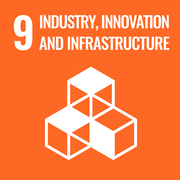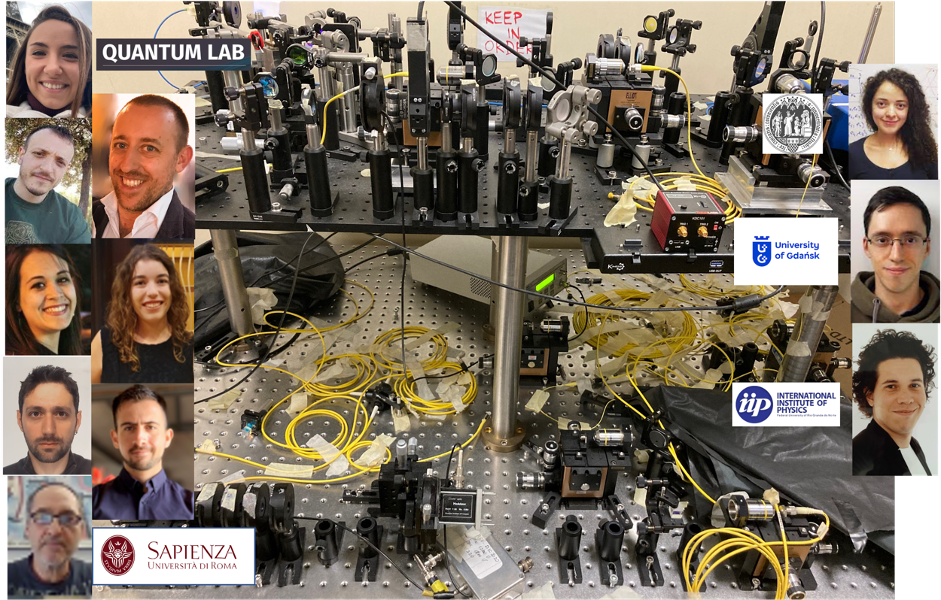
Identifying quantum phenomena through cause-effect relationships
"What is the reason?", "Why is this happening?" are recurring questions in everyday life, where one is often led to wonder about the cause of events that occur, looking for more or less direct or abstract reasons. The intuitively most effective strategy for understanding whether two events cause each other is to check their correlation, i.e. to ask: does event A always happen when event B happens? Like when a switch is pushed (event A), a light bulb goes on (event B). However, this process, apparently so straightforward, hides a major pitfall: when two events are correlated, they can both be the cause of each other but can also be influenced by a common cause, which is often overlooked. For example, every year in summer, the consumption of ice cream and the number of people suffering from low blood pressure increase in parallel. These two events are undoubtedly related, but they are not the cause of each other. They only happen simultaneously because they have a common cause: rising temperatures.
Understanding whether a common factor causes two events or whether they are directly related is by no means straightforward, so such relationships have always been a challenge for scientists. According to classical physics, it is possible to fully understand the cause-effect relationship between two events by making a series of appropriate measurements. It is much more difficult when quantum effects come into play because the cause-effect relationships between events A and B have different consequences if they have a non-classical common cause. However, the discrepancy between classical and quantum predictions can be useful precisely for detecting the presence of quantum phenomena, as is the case in the so-called Bell tests, carried out to measure the properties of physically separate but non-classically related particles.
In a paper recently published in the journal Science Advances, the QuantumLab group of Sapienza University of Rome presented a highly innovative method based on measuring the strength of cause-effect relationships between two variables. The study is part of an international collaboration between the University of Rome, the International Institute of Physics in Natal (Brazil), the University of Cologne (Germany) and the University of Gdansk (Poland).
The physicists, who have been studying these phenomena for some time intending to create techniques for detecting the presence of quantum phenomena, started from the case where an event A is the cause of an event B and, in addition, these have a quantum common cause. In such a situation, it can be shown that, in order to achieve certain effects on B, the causal influence of A can be weaker than in the classical situation. Thus, measuring the strength of the cause-effect relationship between A and B makes it possible to understand whether the process we are observing is quantum or purely classical.
"The novelty of this approach", says Iris Agresti of Sapienza University of Rome, "lies in the fact that it makes it possible to identify entirely new quantum behaviours, previously undetectable with currently known techniques."
The pattern mentioned above of cause-effect relations (known as instrumental process) was reproduced in Sapienza's optics and quantum information laboratories on a photonic platform to show these new traces of quantum phenomena.
In detail, events A and B were the results of two measurements on photons in the experiment, while the common cause was a source of quantum states.
"We generated entangled (i.e. quantum correlated) photon pairs and implemented the cause-and-effect relationship between measurements A and B, choosing measurement B based on the result of A", - says Fabio Sciarrino, group coordinator. "Since the two photons to be measured are generated at the same time, in order to have the time to perform measurement A, we had to delay the photon measured in B using a fibre more than 100 metres long, and we exploited an electro-optical device to change the B measurement in a few nanoseconds."
This technique, which is based on measuring the strength of the causal influence between two events in order to demonstrate the presence of quantum phenomena, and which has been carried out experimentally by the researchers at QuantumLab, has implications both from an applicative point of view because it can be used to verify the correct functioning of new quantum technologies, and from a theoretical point of view, because it has made it possible to identify new types of non-classical behaviours.
References:
Experimental test of quantum causal influences - Iris Agresti, Davide Poderini, Beatrice Polacchi, Nikolai Miklin, Mariami Gachechiladze, Alessia Suprano, Emanuele Polino, Giorgio Milani, Gonzalo Carvacho, Rafael Chaves and Fabio Sciarrino - Science Advances,Vol 8, Issue 8 https://doi.org/10.1126/sciadv.abm1515
Further Information
Fabio Sciarrino
Department of Physics
fabio.sciarrino@uniroma1.it




